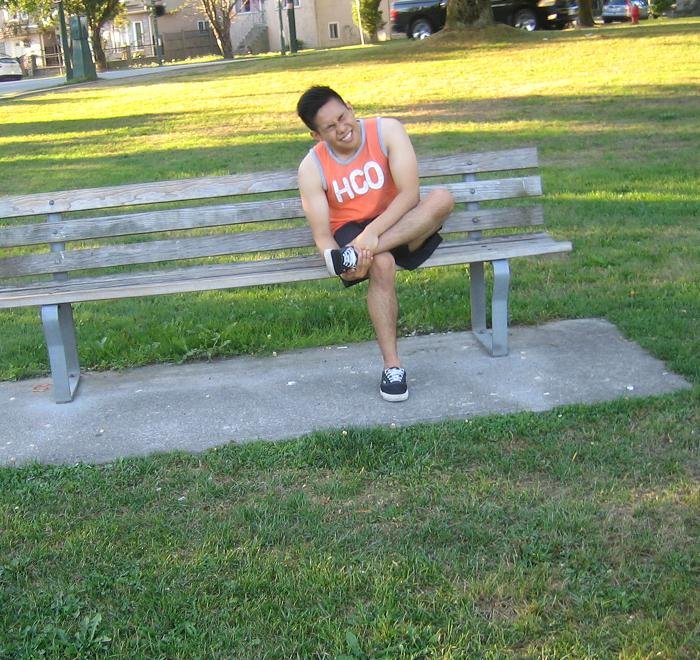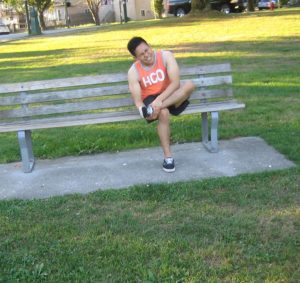A puncture wound is something you’d get when you step, or a part of your body applies pressure on a sharp object, like a nail. The difference from a puncture wound and a cut is that the wound is much smaller and can cause serious infections and complications.
A puncture wound can also contain a splinter such as a piece of wood, metal, glass or even seashells. These can contribute to your chances of developing an infection in the wound.
The severity of the puncture wound can vary and has numerous factors that contribute to it. The depth of the wound is the primary factor, a deeper wound caused by the object can lead to more serious infections. The material of the object is also a factor and how clean it is, a rusty nail, for example, can lead to serious infection including tetanus.
Causes
- Animal bites
- Wood pieces
- Nails or pointed metallic objects alike
The severity of the puncture wound can vary and has numerous factors that contribute to it.
Signs and symptoms
- Pain and bleeding at the site of the puncture
- Swelling, pus discharge, or redness, this means that there is an infection on the site of the puncture
Management of a puncture wound
- Always wash your hands first to avoid infection
- Apply pressure to the wound to stop the bleeding using a clean piece of cloth or bandage
- Clean the wound by rinsing it with clean water, remove any debris or splinters you may find on the site of the wound
- Apply antibiotics to the wound
- Secure and cover the wound with a bandage to keep it clean
Seek your doctor immediately after you clean up your wound. You may be required to take a tetanus shot if you haven’t received one in the past five (5) years. Your doctor may also perform an x-ray on you to see if the wound has caused any damage to your bones.
To help your puncture wound heal, try not to put too much weight on the injury, keep the bandage dry and occasionally replace it when it becomes moist or dirty and finish all the prescribed antibiotics to you by your doctor.
More Information
The details posted on this page on a puncture wound is for learning purposes only. To learn to properly manage this type of open wound, enroll in a first aid course with one of our training providers.
FACT CHECK
https://www.healthline.com/symptom/puncture-wound
https://www.foothealthfacts.org/conditions/puncture-wounds
https://www.mayoclinic.org/first-aid/first-aid-puncture-wounds/basics/art-20056665

